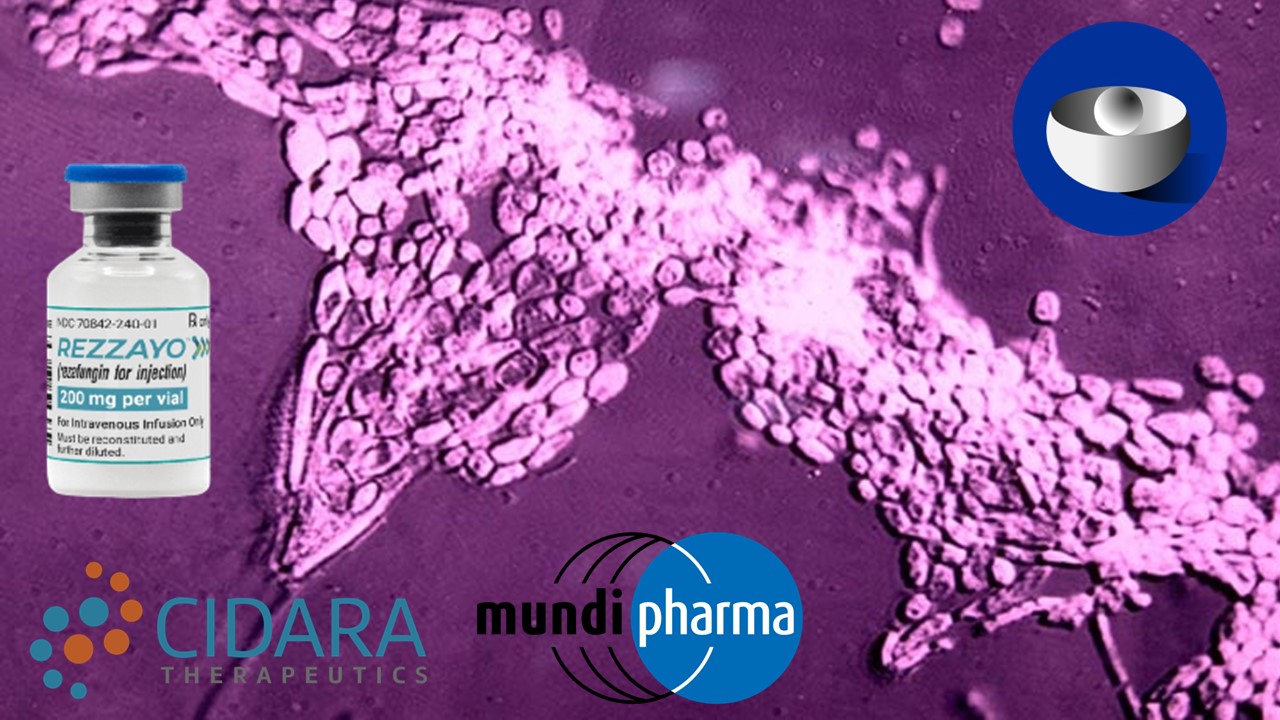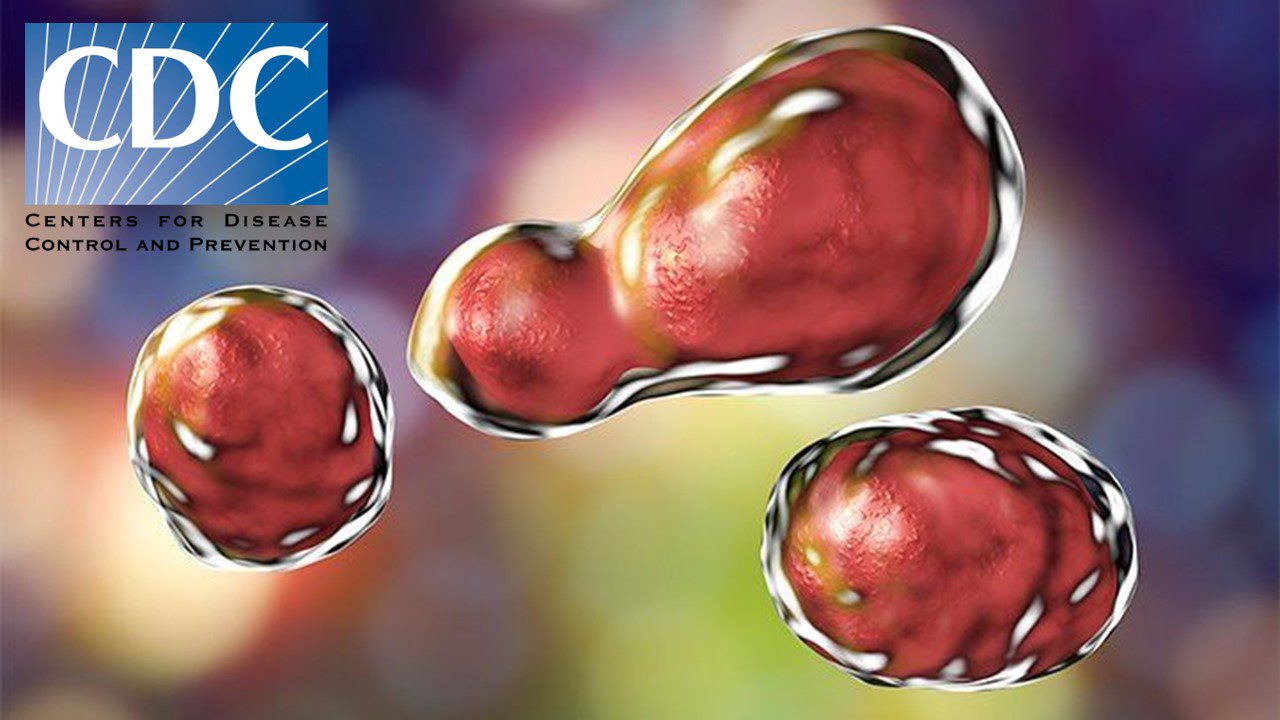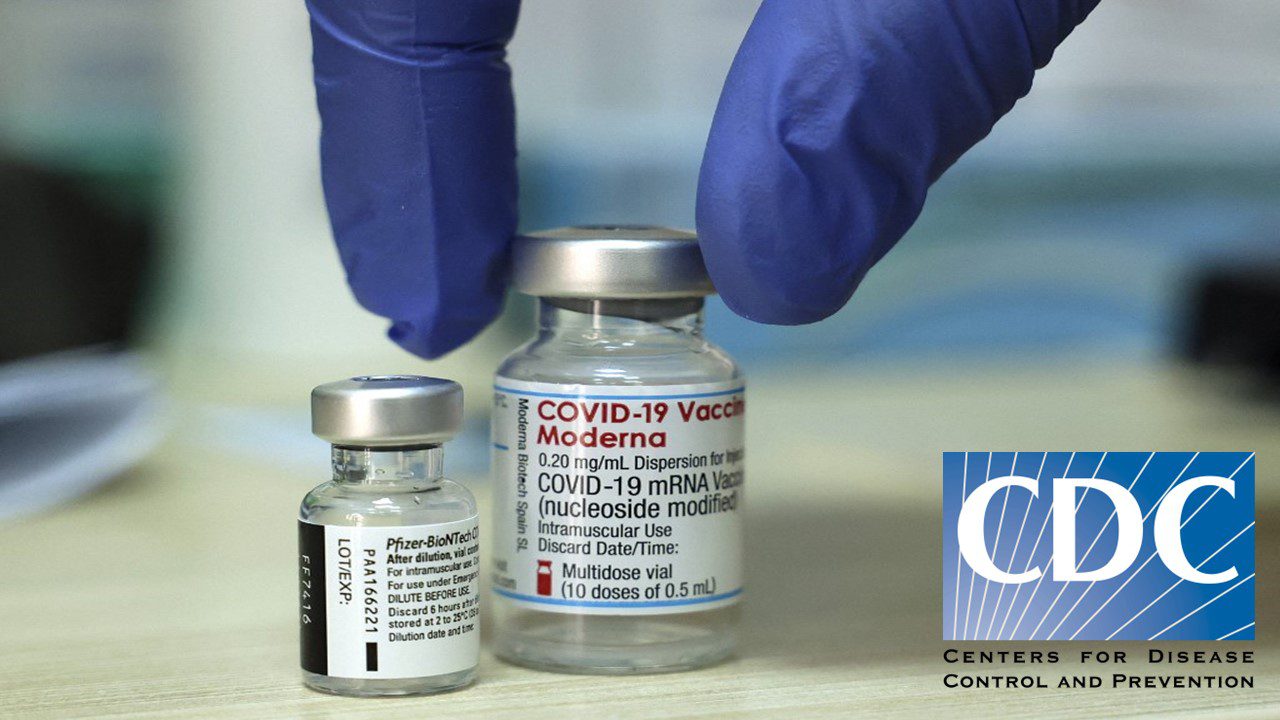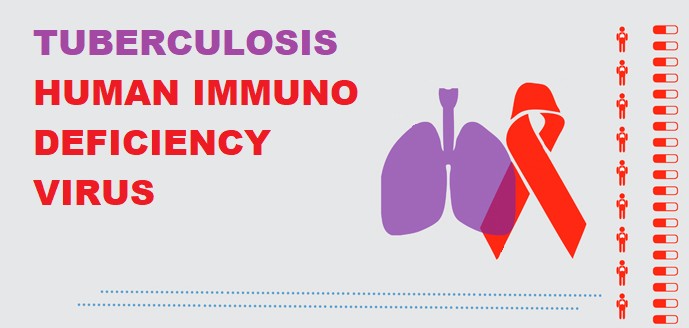The emergence of SARS-CoV-2 Omicron Variant of Concern (VoC) took place in a world that was already sapped in terms of dealing with COVID-19. After enduring over two years of social restrictions, lockdowns and other guidelines, the public has become increasingly anxious about following further measures. Omicron, and the potential for future variants, highlights the need for continued innovation against the coronavirus, and how society – and industry in particular – need to remain vigilant.
What we know so far is that Omicron has turned out to be quite more infectious than the previously dominant VoCs Alpha and Delta. From data gathered in the Gauteng province of South Africa, Delta had a doubling time, i.e. the time it takes for the number of infections to double, of 1.5 days; Omicron has a doubling time of 1.2 days. While the difference may not seem stark at first, it is important to point out that the Beta variant had a doubling time of 1.7 – and the Delta variant was noticeably better at spreading throughout the population with a similar difference in doubling time.
Absolute data regarding the efficacy of vaccines on keeping Omicron at bay still remain lacking, but data from tests do indicate greater rates in re-infection, showing that people with positive tests in the past may be generating new positive tests. This is in line with the observed mutations in Omicron – many of which were observed in previous VoCs and have been associated with immune escape. Multiple mutations remain whose effects are still unknown however.
A study conducted in South Africa found that the Omicron VoC is associated with an increase in risk of re-infection in those previously infected, although it also found a lower risk of primary infection. This is in contrast to the previously dominant (in the area) VoCs Beta or Delta, which both indicated a higher likelihood of infecting immunologically naive individuals rather than re-infecting. Critically, no comparable studies exist for the ability of Omicron to re-infect those who are vaccinated rather than either naive or convalescent.
The effects of vaccination on reducing the likelihood of severe disease remain true with the Omicron VoC however. It is hypothesised that even though the neutralising antibodies generated by a vaccine may not be as neutralising or effective against a broad spectrum of VoCs, non-neutralising antibodies and T-Cell mediated immunity generated by vaccines will still be able to protect its recipient against high morbidity. The data about this is supported from studies in New York, Qatar and other countries. Indeed, the Beta and Delta variants were also associated with some degree of immune escape in vitro when researchers only considered neutralising antibodies – but vaccination proved to remain effective against them.
Major vaccine manufacturers have already released statements regarding their own vaccine and its use against the Omicron VoC. Moderna Chief Stéphane Bencel expressed her thoughts on how it is unimaginable that current vaccines can maintain their present efficacy against the new variant. BioNTech and Pfizer also expressed the need for adjusted vaccines to tackle the variant. The two companies said they had already made contingency plans to be able to innovate on their mRNA vaccines to account for escape variants within 100 days. However, experience with production difficulty and capacity related to COVID-19 vaccines is expected to make such a timeframe unrealistic.
Clinical trials for variant-specific vaccines were already underway for the Alpha, Beta and Delta variants. But the majority of vaccines target the spike protein of SARS-CoV-2, which the Omicron VoC shows a very high number of variations for. Vaccines such as Valneva’s whole inactivated virus-based shot may be more effective, and less prone to any single variant in general; indeed, the UK is reportedly reconsidering cancelling its order of Valneva vaccines.
Aside from novel vaccines to tackle variants such as Omicron, and future-proofing vaccines by relying on a more diverse portfolio of targets for vaccines, it is important to remember that Omicron arose in a low vaccination background: South Africa. It is heartening that Johnson & Johnson is currently in discussions with Aspen Pharmacare to allow the latter to bottle and market their vaccine under the Aspenovax brand. More such partnerships need to happen to increase parity in vaccination rates between the developed and developing worlds; vaccines cannot keep us ahead in the arms race if the virus is allowed to evolve uncontrollably in the rest of the world.
Another important difference is that Omicron has been observed to have a lower period between infection and its host becoming infective. While at first this may seem like it would simply accelerate the spread of the virus, it does lend itself to improved control. As infectivity tends to be accompanied by symptoms and a better ability to detect the virus, this can make testing more efficient and able to function in shorter time frames. The UK has already decided to re-introduce pre-departure tests based on this rationale.
Omicron continues to spread throughout the world at an alarming rate, with both the UK and Denmark observing rapid increases in cases – with Britain reporting 86 detected cases on Sunday; twice as many as it did on Friday. Danish authorities reported triple the number of suspected cases on Friday. Euronews has reported that Omicron has already been detected in nearly every country in Western Europe – and in the very few where it has not, it is suspected to already have spread there. Eastern Europe has not reported cases of the Omicron VoC as of yet, however genome sequencing and case characterisation remains superior in Western Europe, which might be a reason for it being detected there.
At present, Omicron is a teachable moment to remember that we cannot rely on any one thing to counter the threat of coronavirus. Vaccines alone cannot keep us on top of the virus – particularly not vaccines which all rely on nearly the same antigens, or vaccines which are not uniformly distributed across the world. Social measures remain important, as does vigilant surveillance of the virus. But the Omicron variant does elucidate the need for the pharmaceutical industry to remain on guard against COVID, and diversify the ways we deal with it; Omicron has proven that vaccine development and improvement will very much remain en vogue for the foreseeable future.
Nick Zoukas, Former Editor, PharmaFEATURES
Subscribe
to get our
LATEST NEWS
Related Posts

Infectious Diseases & Vaccinology
Rezzayo™’s Latest EU Approval for Invasive Candidiasis Breaks Ground in Antifungal Therapy
Rezafungin marks the initial addition to the treatment arsenal for patients grappling with invasive candidiasis in more than 15 years.

Infectious Diseases & Vaccinology
Unmasking the Shadow: CDC Battles the Latest Fungal Meningitis Outbreak in Matamoros, Mexico
CDC tackles fatal fungal meningitis outbreak linked to surgeries in Matamoros, Mexico.
Read More Articles
Synthetic Chemistry’s Potential in Deciphering Antimicrobial Peptides
The saga of antimicrobial peptides unfolds as a testament to scientific ingenuity and therapeutic resilience.












